What is Genchi Genbutsu? It’s part of the Toyota Production System conceptual toolkit. And it works.
It’s one thing to identify errors or weaknesses in your business, but it’s another to actually fix and improve them.
The crucial step in fixing an error is deciding the right solution to implement. Pick the wrong one and you create a different problem.
When you’re in a massive company, you want to make sure you’re picking the right solution before you start implementing across a whole corporate structure.
Because of this, investigating the problem as thoroughly as possible should be paramount. And this leads us to Genchi Genbutsu.
In this Process Street article, we’re going to look at:
- What is Genchi Genbutsu?
- How Toyota revitalized their minivan thanks to a road trip
- 3 academic approaches to guide your investigation
What is Genchi Genbutsu?
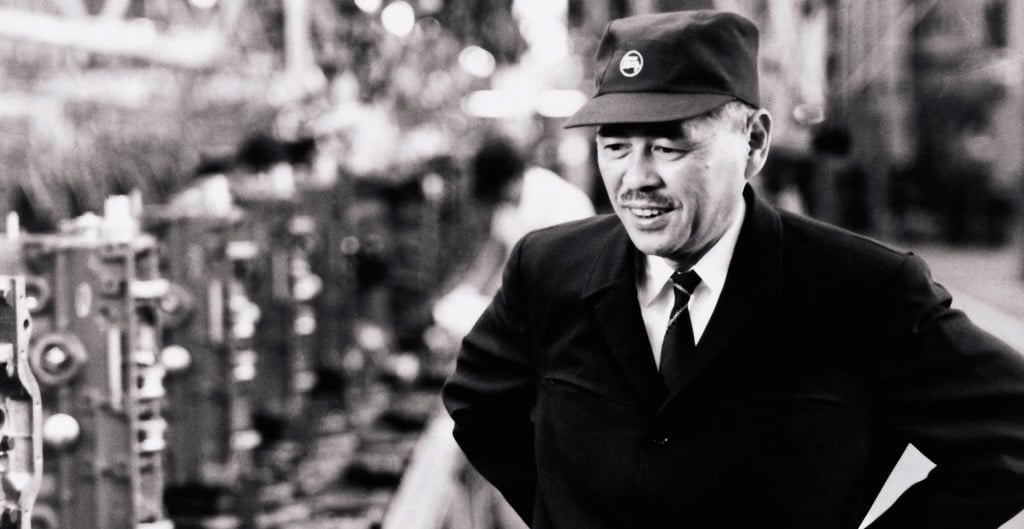
Genchi genbutsu is a Japanese concept meaning “Go and See”. It was coined as part of the development of the Toyota Production System by Taiichi Ohno.
The purpose of genchi genbutsu is to illustrate the importance of being on the factory floor where production is happening so that you can see both the creation of value and the generating of waste, or muda.
With this understanding an engineer can begin to find problems or limitations and look to change them.
Ohno’s work stresses the importance of genba – or “real place” – when assessing and analyzing processes. There is the feeling that a worker must be embedded within the process in order to fully understand it and its operations.
And there is logic behind this beyond simply encouraging best practice.
Ohno felt that information gathered in reports or statistics represented only an abstraction of the reality. Any report or dataset will have inherent problems: perhaps the bias of the management or researcher, perhaps the choice of which stats to measure.
If we think of it like sports, we could imagine a player who is suddenly playing much better than they were doing a few months ago, and as fans we might speculate as to what has changed. Maybe the system has been set up better for them, maybe the other players are bringing them into the game more, or maybe they’re fitter? In modern sports there are many stats websites you could go on to trawl through the minutiae and try to paint a picture of what has changed.
But in reality, their performance might be down to a change in diet, relationship status, or some other variable the stats don’t track.
Unless you’re actually there, you don’t know.
The same is true in the workplace. If you’re only ever getting reports about what is going on in a factory, then you don’t really have the full picture.
Ohno used to emphasise this point to new hires by taking them down to the factory and drawing a chalk circle on the shop floor. The young engineer would then stand in this circle and be told to observe the world around them.
When Ohno returns later that day, the engineer would be quizzed on what they had seen. If Ohno felt they hadn’t see enough, they would have to stay there longer and keep watching.
Ohno emphasizes all of this shop floor focus because the Toyota approach sees the production line as being the source of value generation. If your company relies on value created on an assembly line in a factory then that is the most important location in your company. It is precisely the last place you should neglect.
How Toyota revitalized their minivan thanks to a road trip

The concept of genchi genbutsu, though born out of factory production, can be applied in a whole range of different use cases.
The most storied of these examples is the rebirth of the Toyota Sienna minivan.
The Sienna was a bit of a flop.
Partly, this was because the Sienna was not intended for the Japanese market. This kind of vehicle wasn’t popular in Japan and as a result the designs didn’t suit the needs of the prospective buyers.
As a result of this struggling first version, Toyota decided to mix things up for the second model. They appointed engineer Yuji Yokoya to the project as the chief engineer and gave him space to provide leadership to turn this van around.
As was reported in the Chicago Sun Times in 2003:
Yokoya is a believer in the Toyota engineering tenet: “genchi-genbutsu,” which means: “go, see and confirm.” Yokoya drove a current Sienna more than 53,000 miles, crossing the continent from Anchorage to the Mexican border, south Florida to Southern California and all points in between.
On his journey he discovered a range of different issues with the van:
- The car was being blown across the road into other lanes when crossing the Mississippi river.
- When driving on the gravel roads of Alaska the van had excessive steering drift.
- Santa Fe’s crowded streets required a much tighter turning circle.
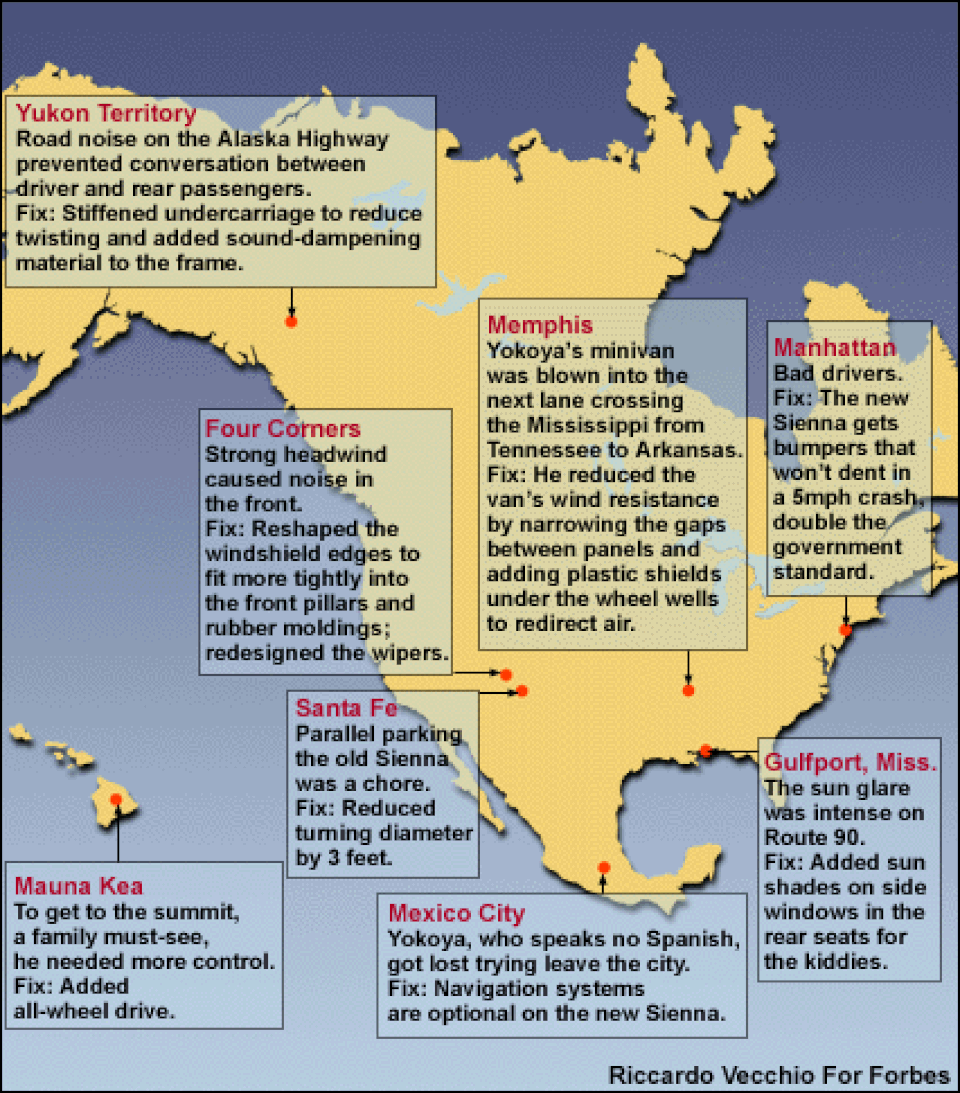
These are the kinds of things you would expect an engineer to notice; the handling and performance.
But through embedding himself in the process of using the minivan, and making a concerted attempt to meet with and talk to those who do use minivans, Yokaya came to a philosophical conclusion.
The minivan is not a car for adults; it is a car for children.
The child takes up between 2/3 and 3/4 of the interior space of a minivan. People only buy minivans to cater for the needs of their children. Happy children result in happier parents.
As such, he made further recommendations:
- Better seat quality all through the van.
- Roll down windows for the second row.
- DVD players and entertainment centers.
- A conversation mirror so that parents could monitor the backseat.
As Yokaya said:
The parents and grandparents may own the minivan, but it’s the kids who rule it. It’s the kids who occupy the rear two-thirds of the vehicle, and are the most appreciative of their environment.
3 academic approaches to guide your investigation
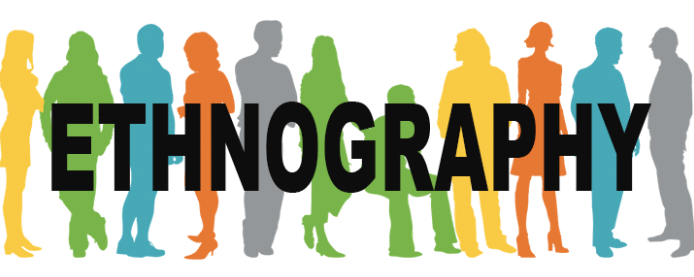
If you want to employ genchi genbutsu in your business, it’s not particularly hard to do.
Place yourself in the important locations where you can see the flows of value and waste in practice.
However, maybe you’re looking to go a little deeper than that? Perhaps you have a complex organizational set up and it needs a deeper level of investigation. If you have to enter into an environment to observe it and understand how it works, you might be doing a form of what we call ethnographic study.
The idea of ethnography in general is that a researcher studies a people or a culture not from an outside perspective but from the viewpoint of the subject. A core research method to anthropology, its principles can be brought into the workplace to better understand how organizations function.
Given that we’re picturing the use of ethnographic approaches within the hierarchies of traditional forms of organizational structures, we’re likely looking at taking a Realist approach to ethnography. Described by John Van Maanen of the MIT Sloan School of Management, realist ethnography attempts to stay objective about its subject of study, the researcher attempts to remain separate from the subjects, and yet the final work will inevitably be defined by the researcher’s framing and interpretation of the data they have gathered.
The interpretation done by the researcher does not present too much of a problem for our scenario; where the researcher is a consultant with a purpose to identify problems and solutions.
We’ll present three different methodological frameworks which operate on an ethnographic approach that you could use to critically evaluate an environment:
- Action Research
- Grounded Theory
- Netnography
Action Research as a method of problem solving
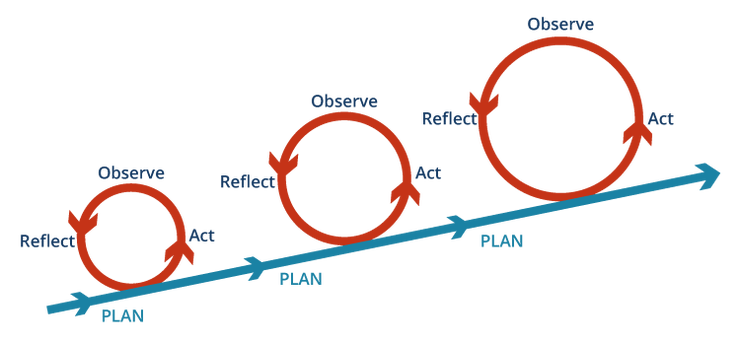
In An Overview of the Methodological Approach of Action Research, Rory O’Brien lays out an explanation of what action research is, how it operates, where it is beneficial to use it, what criticisms could be levied against it, and provides a series of case studies.
Ultimately, action research doesn’t have to be ethnographic in nature, but can be ethnographic depending on the environment in which your research is taking place.
Action research has an inherent will to identify a solution and provide a problem built into it. The rough idea would be for the researcher to find the problem through study and gathering of data and then to involve the subjects in the attempts to find a solution.
This contains a cyclical approach whereby once a solution is found and implemented the study continues to re-identify and refocus the problem, leading to a further round of solution investigation.
As Gilmour, Krantz, and Ramirez note, in their text Action Based Modes of Inquiry and the Host-Researcher Relationship (1986):
[T]here is a dual commitment in action research to study a system and concurrently to collaborate with members of the system in changing it in what is together regarded as a desirable direction. Accomplishing this twin goal requires the active collaboration of researcher and client, and thus it stresses the importance of co-learning as a primary aspect of the research process.
Grounded Theory helps you build a theory of your own operations
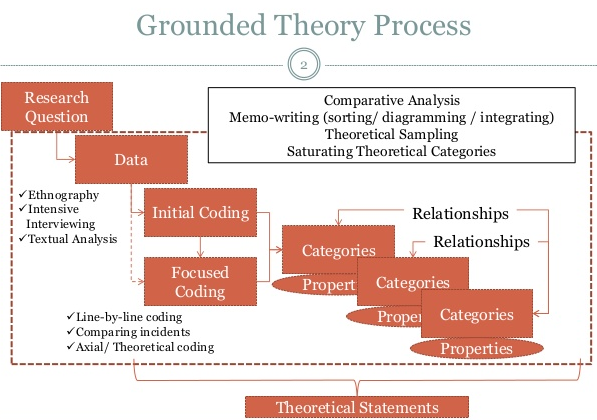
I’ve written many times about how W. Edward Deming believes the most important and effective way to grow your business is to have a comprehensive theory of your business; to take a truly scientific approach to operations.
Well, Grounded Theory is all about creating theory – but a theory which is grounded in real world observations and meticulous data gathering.
Grounded Theory was developed by Glaser and Strauss in the 1960s in their texts Awareness of Dying (1965) and The Discovery of Grounded Theory (1967).
The development of this approach was valuable because it helped provide qualitative research practices could be scientific in their approach and implementation. Grounded Theory has a clear path laid out for the researcher to follow in order to effectively whittle down months of data and observation into the most valuable outputs.
Grounded Theory is a good option for a longer and more in depth study, whereas Action Research may result in faster turnaround and a more goal-centric perspective.
Netnography is a developing school for online ethnography
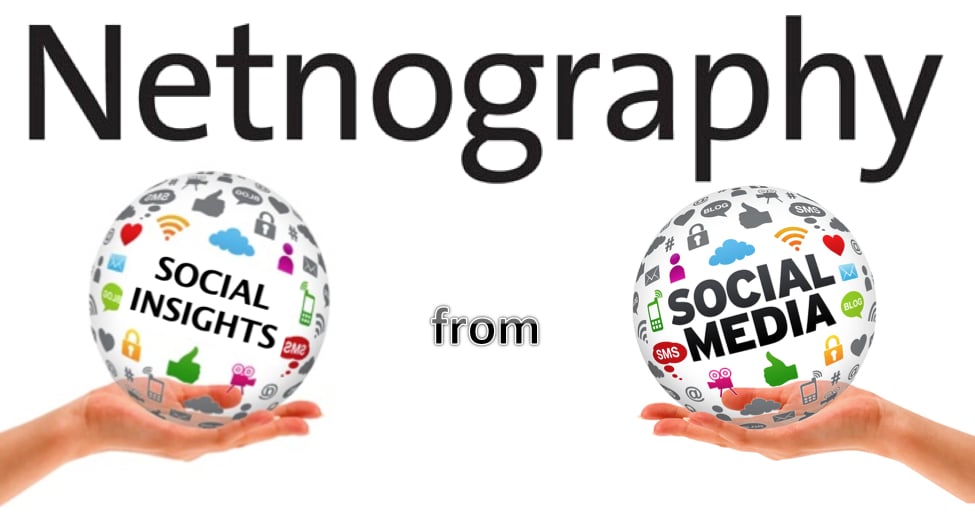
Companies are increasingly following the general trend of further and further digitization. For some companies this might mean that they operate solely in the cloud.
For others, like Process Street or automation provider Zapier, that digitization has gone even further to the point where the companies do not have physical locations.
As such, if one wants to study Process Street in an ethnographic manner, one needs to recognize that Process Street represents a different kind of phenomena, and different approaches will be required.
This where the developing school of Netnography comes in. Netnography is an example of attempts to pursue what’s called cyber-ethnography. Many early online efforts of ethnography found themselves guilty of replicating offline modes of investigation, tilting the outcomes to overstate the importance of the online sphere.
We need a new paradigm through which to investigate these approaches, and one which recognizes the online and offline elements. For example, though I am working online, I’m tapping on my keyboard offline, sat in a room offline, eating offline, and have evening plans later in an offline setting.
Exploring only my work as a remote worker performed online provides maximum 50% of the spirit of genchi genbutsu, surely?
The term Netnography was coined by Robert V. Kozinets in 1995, and his 2015 book Netnography is likely the best starting point to understand how to approach embedded ethnographic study in the digital age.
Though, if you want to employ Netnography in a way similar to how Toyota did with the Sienna – as a form of market research – then you could simply utilize it in a way depicted in the image below; classic ethnography, just online.
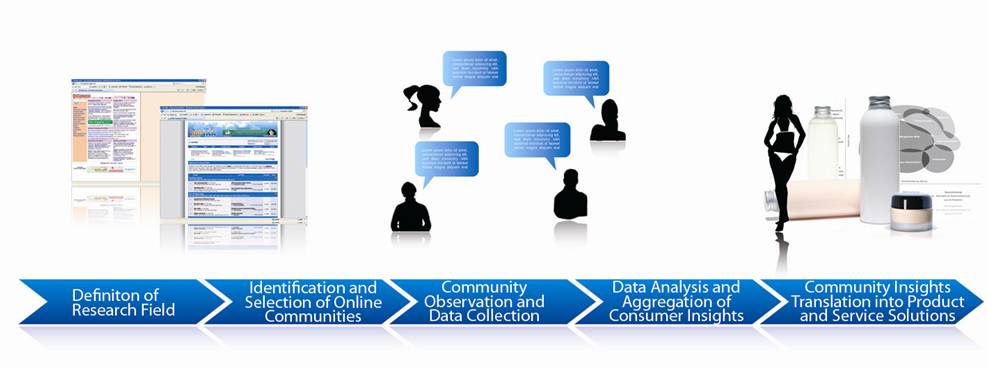
Use genchi genbutsu and ethnographic methods to look deep into your operations
Whether you’re part of a small team, co-operating with a remote client, or you oversee a whole factory located in a different country, the principle of genchi genbutsu can help direct your priorities and guide the way you choose to investigate problems.
The area of this concept which interests me most is how to apply genchi genbutsu in a dispersed online manner, and whether concepts of Netnography can assist in making that investigation as valuable as before.
Hold on tight, and maybe we’ll touch on that area again in the near future!
Have you used concepts like genchi genbutsu in your business? Have you utilized ethnographic techniques for more in depth study? Let us know in the comments below!






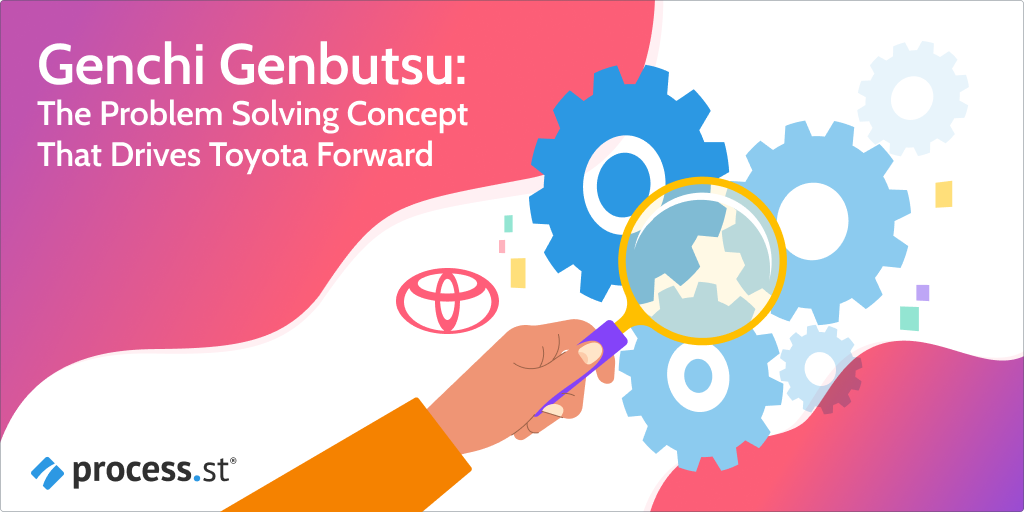

Adam Henshall
I manage the content for Process Street and dabble in other projects inc language exchange app Idyoma on the side. Living in Sevilla in the south of Spain, my current hobby is learning Spanish! @adam_h_h on Twitter. Subscribe to my email newsletter here on Substack: Trust The Process. Or come join the conversation on Reddit at r/ProcessManagement.